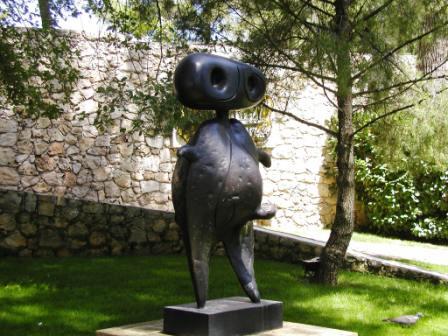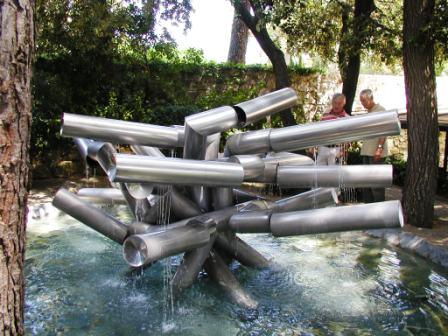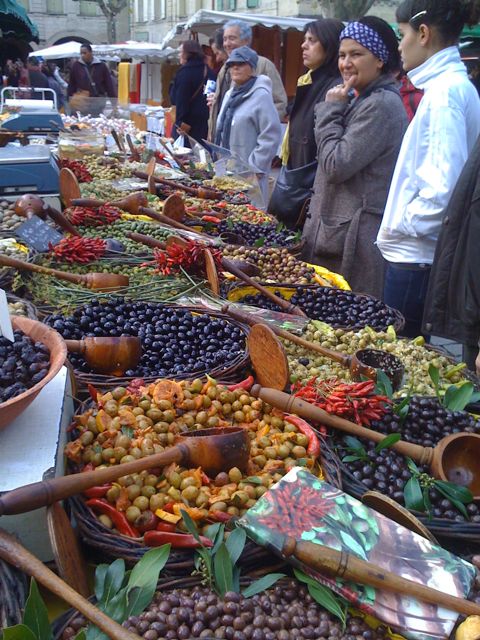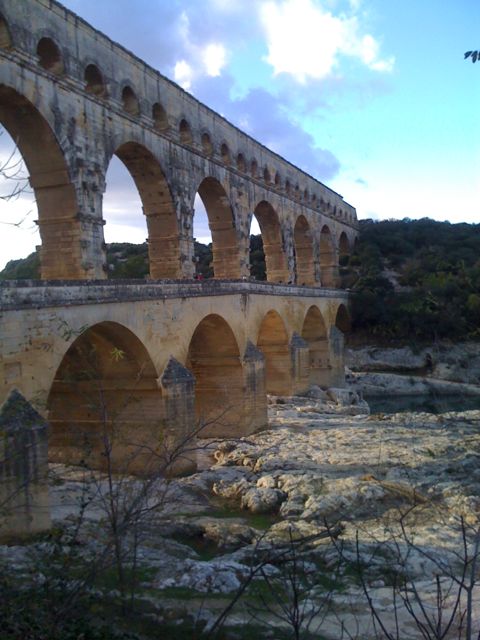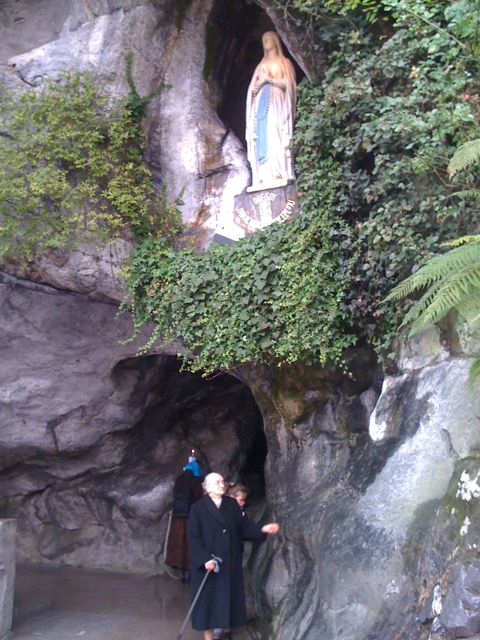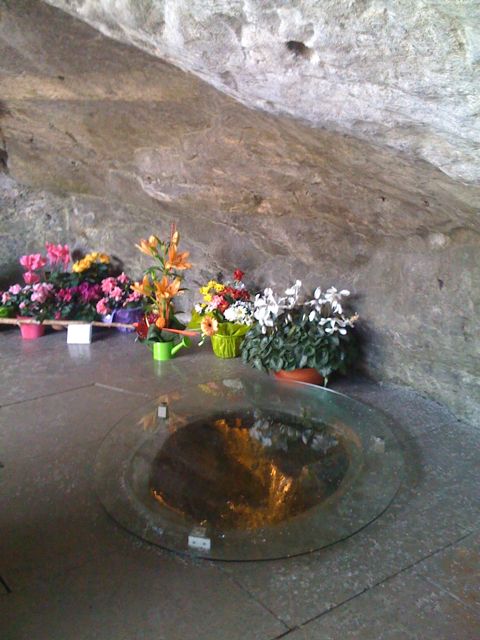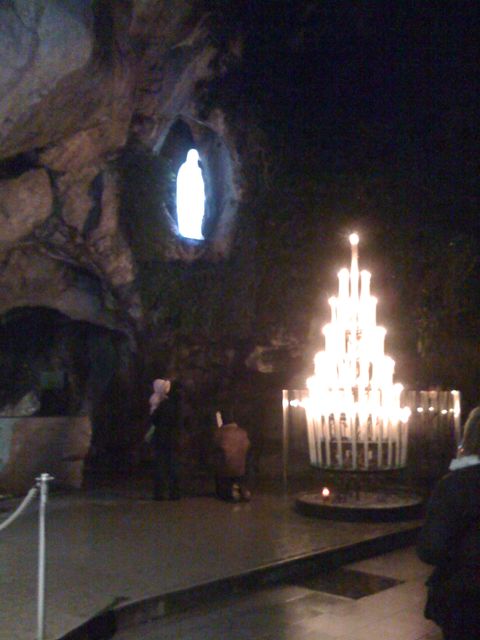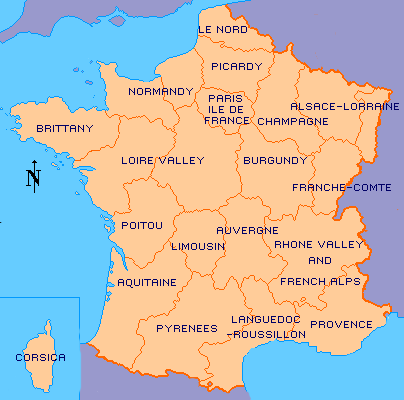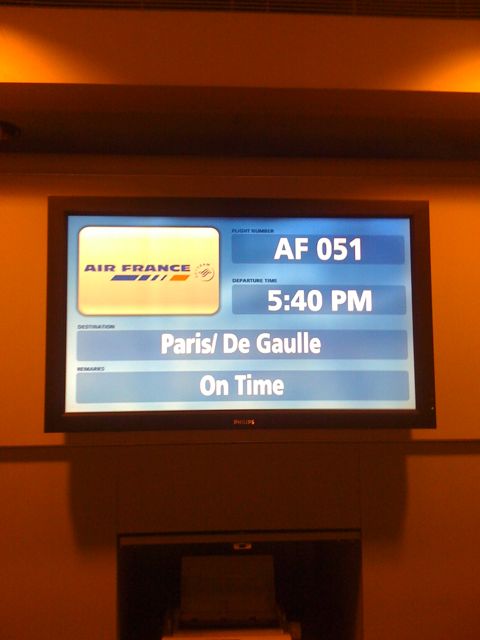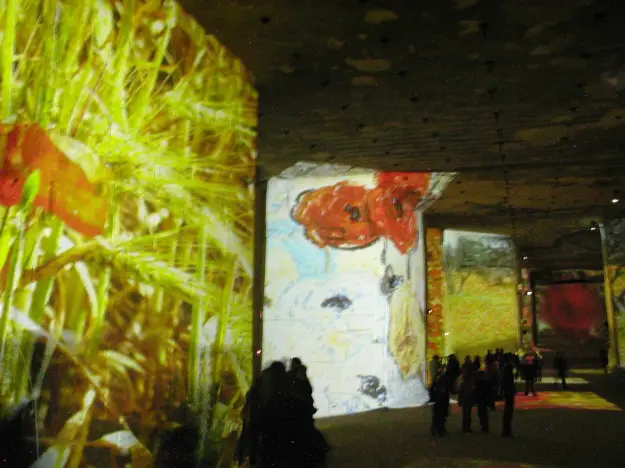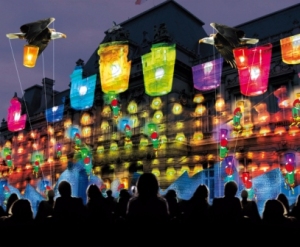 This weekend, art, poetry and illumination combine with the latest technology as the city of Lyon, France kicks off their extraordinary Festival of Lights – la Fete des Lumieres.
This weekend, art, poetry and illumination combine with the latest technology as the city of Lyon, France kicks off their extraordinary Festival of Lights – la Fete des Lumieres.
Over the past 11 years, this festival of spectacular outdoor urban lighting has become one of the must-see events in France and in all of Europe, attracting over a million visitors, and filling hotels rooms months in advance. Follow their Twitter updates here @Fete_lumieres09
While Paris has the reputation of being the “City of Light”, most people don’t realize it’s really Lyon, France’s second largest city, that is the renowned center of the urban outdoor lighting and design industry. The 4-day festival transforms public squares, buildings, monuments, bridges, cathedrals and more into unbelievable illuminated works of art, using the latest technology in lighting and design.
The current celebration had its humble beginnings in December 1852, when townsfolk gathered in lighted procession to commemorate a new statue of the Blessed Mother, which was erected on Fourviere hill, near the Basilica. Throughout the years citizens of Lyon marked the Feast of the Immaculate Conception by placing lighted candles in their front windows every December 8, a tradition which continues today.
In 1999, the lighting design industry decided to give citizens of Lyon a true Festival of Lights, and the modern-day Fete des Lumieres was born. Now in it’s 11th year, the festival runs from December 5-8, with venues throughout the city. Residents and visitors will be enchanted by the lighting displays, and collectively ask in amazement “How’d they do that?”
Seven major works by noted design artists will be featured, including:
Playing with Time – laser, light and sound showcasing effects of weather as buildings in the Place des Terreaux are covered in ice, submerged in water, distorted and then melted under the effect of heat
Garden of Light in Flower – 44 giant brightly colored luminous flowers carpet the esplanade of Montee de la Grande Cote, with the illuminated city of Lyon as a backdrop
Public Garden – between the Hotel du Ville and the Opera, giant plants and flowers welcome visitors
Bells & Light Panels – the façade of the Basilica de Notre Dame, with its set of 23 church bells, will be transformed into a dazzling backdrop of four genres of art: neoclassical, cubist, abstract and contemporary
The Digital Man – a giant 40 ft. tall digital man (made of a carbon fiber skeleton, transparent hoops and electroluminescent wiring) scales the TDF communications tower, a la King Kong
The Builders – honors 300 years of builders who toiled to complete the Cathedral of Saint Jean. Two giant hands projected on the façade of the church take visitors through the construction process, with fantastic detail and realism
Tic-Tock – stroll along the banks of the Rhone to view 9 giant lighted panels, illustrating the regular and varied rhythms of time
In addition, dozens of other works will be featured around the city by students of France’s art, architecture and design schools. Also on the agenda is an international symposium of 300 lighting experts, visual artists and architects who will meet to exchange ideas, and learn about the latest technology in outdoor lighting of urban spaces.
But for those of us not in the lighting industry….we get to enjoy, and marvel at the brilliant juxtaposition of history, architecture, faith, and art with modern illumination technology.
Lyon is situated in the Rhone Alps region of south central France, about 280 miles southeast of Paris, 90 miles southwest of Geneva. The Train Train à Grande Vitesse (TGV) network will whisk you from the Gare du Lyon in Paris to Lyon in two hours.
Check out the Fete des Lumieres 2009 Flickr group created to share the amazing photos and videos.
(Photos courtesy of Lyon Department of Tourism unless otherwise noted. Hyperlinks are accurate at time of publication, but subject to change by site owners.)



 Our English language is filled with words from French origins. In part, we can thank the Duke of Normandy for this, as the French spoken in the Middle Ages (a direct offshoot of Latin) was incorporated into English after the Norman Conquest in 1066. Modern French uses the same 26 letter alphabet as English (both based on Latin), but the vowel combinations and pronunciations are quite different than English.
Our English language is filled with words from French origins. In part, we can thank the Duke of Normandy for this, as the French spoken in the Middle Ages (a direct offshoot of Latin) was incorporated into English after the Norman Conquest in 1066. Modern French uses the same 26 letter alphabet as English (both based on Latin), but the vowel combinations and pronunciations are quite different than English. ![quimper[1] quimper[1]](https://enchantedtraveler.files.wordpress.com/2009/11/quimper14.jpg?w=150&h=150) Take for example the word “quimper”. In English, it looks like you would pronounce this “KWIM per”, rhymes with “whimper”. NOT SO! In the Merriam-Webster’s 3rd New International Unabridged Dictionary (official source for U.S. Spelling Bees),
Take for example the word “quimper”. In English, it looks like you would pronounce this “KWIM per”, rhymes with “whimper”. NOT SO! In the Merriam-Webster’s 3rd New International Unabridged Dictionary (official source for U.S. Spelling Bees), 

 The word “Eclat” was also featured in the 2008 Spelling Bee, which means “brilliant”, “dazzling”. Coincidentally (again), Eclat is the name of the French perfume she wears from
The word “Eclat” was also featured in the 2008 Spelling Bee, which means “brilliant”, “dazzling”. Coincidentally (again), Eclat is the name of the French perfume she wears from  So you see, in addition to art treasures, history, cinema, gourmet cuisine, wine, champagne, cheese, pastries, tourism, literature, architectural wonders, french perfume, fashion, and pomme frites — we have yet another reason to love France and the French! Spelling Bees! Vive la France!
So you see, in addition to art treasures, history, cinema, gourmet cuisine, wine, champagne, cheese, pastries, tourism, literature, architectural wonders, french perfume, fashion, and pomme frites — we have yet another reason to love France and the French! Spelling Bees! Vive la France!![tgv[2] tgv[2]](https://enchantedtraveler.files.wordpress.com/2009/10/tgv2.jpg?w=625)
![130-42_4DImageDoc[1] 130-42_4DImageDoc[1]](https://enchantedtraveler.files.wordpress.com/2009/10/130-42_4dimagedoc1.jpg?w=625)
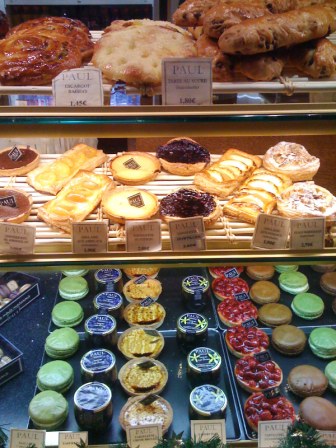
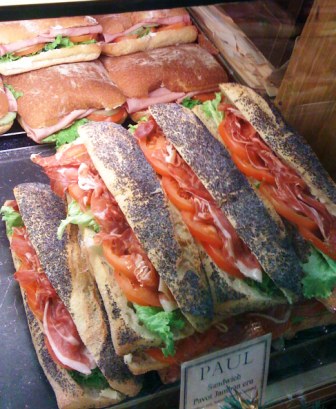
![113-02_4DImageDoc[2] 113-02_4DImageDoc[2]](https://enchantedtraveler.files.wordpress.com/2009/10/113-02_4dimagedoc2.jpg?w=625)



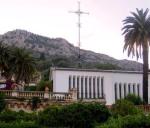


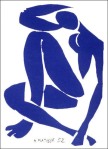







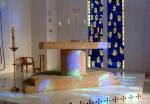
![Chapelle du rosaire Compressed [1] Chapelle du rosaire Compressed [1]](https://enchantedtraveler.files.wordpress.com/2009/10/chapelle-du-rosaire-compressed-1.jpg?w=625)







